Key Takeaways
| Key Aspect | What You’ll Uncover |
|---|---|
| Ideal Environment | Croton Plant Care Master Guide – Discover the perfect spot to keep your Crotons thriving with vibrant colors. |
| Watering Techniques | Learn watering sweet spot that keeps leaves lush without risking root issues. |
| Pruning Strategies | Find out how a simple trim can transform your plant’s growth & appearance. |
| Propagation Secrets | Unlock the easy & step-by-step method to grow new Croton plants effortlessly. |
| Growth Potential | Be surprised by how tall these tropical beauties can get under right conditions. |
| Pet Safety Tips | Understand what makes Crotons potentially hazardous to pets & how to stay safe. |
| Companion Planting | Learn which plant neighbors bring out the best in your Croton’s colorful display. |
Croton Plant
A tropical & visually striking houseplant, the Croton is popular for its diverse foliage. The leaves are adorned with patterns & colors ranging from red to green, orange, cream, pink & black.
While native to Southeast Asia and Pacific Islands’ tropical forests this plant can be grown indoors everywhere. Their colors become more vibrant when exposed to high light levels.
In order to keep these tropical beauties as lively as their origin suggests one has to know a bit about their care needs.
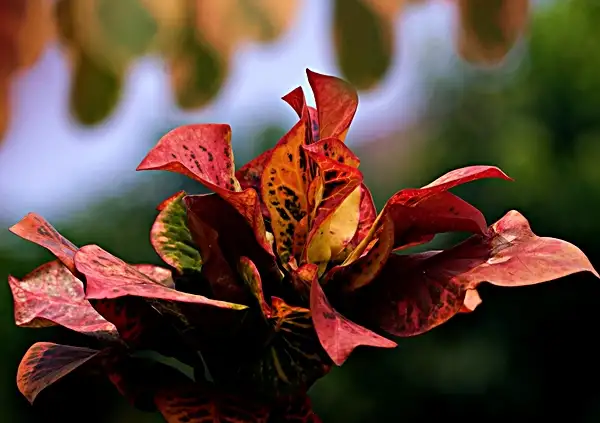
5 Essential Factors – How To Care For Croton Plants
Begin by choosing an ideal location for your Croton plant. Then follow these simple guidelines:
| Aspect 🌿 | Details |
|---|---|
| 🌞 Light Requirements |
|
| 💧 Watering |
|
| 💨 Humidity |
|
| 🌡️ Temperature |
|
| 🌱 Fertilizing |
|
4 Tips – How To Trim Croton Plants
Reduced sunlight exposure or minimal pruning usually results in overly tall & leggy Crotons. That look isn’t exactly appealing to most eyes, so trimming becomes a paramount activity to maintain both aesthetics & healthy functionality for these beloved decorative plants.
| Pruning Task ✂️ | Details |
|---|---|
| 🌿 Remove Leggy Growth | Trim tall & leggy stems to promote dense & bushy growth |
| 🍂 Eliminate Dead Leaves | Regularly cut off dead, damaged or diseased leaves |
| 🔪 Use Clean Tools | Disinfect pruning tools to prevent infections |
| ☀️ Prune Strategically | Prune in spring when growth is most active; avoid heavy pruning in winter |
5 Steps – How To Propagate Croton Plants
Propagating crotons is a great way to expand your collection or share beautiful plants with friends & family. Best time to propagate is in early spring or summer when your plant has most energy.
| Step 🌱 | Action |
|---|---|
| 1️⃣ Select a Cutting | Choose a healthy 4-6 inch branch with at least a few leaves |
| 2️⃣ Cut at an Angle | Use clean & sharp shears to cut at a 45° angle just below a leaf node |
| 3️⃣ Prepare the Cutting | Remove lower leaves, leaving a few at top to minimize moisture loss |
| 4️⃣ Rooting in Water | Place cutting in water & keep it in a warm spot with indirect light |
| 5️⃣ Transplanting | After 2-3 weeks when roots appear, transfer into well-draining soil |
5 Easy Steps – How To Plant Croton Cuttings
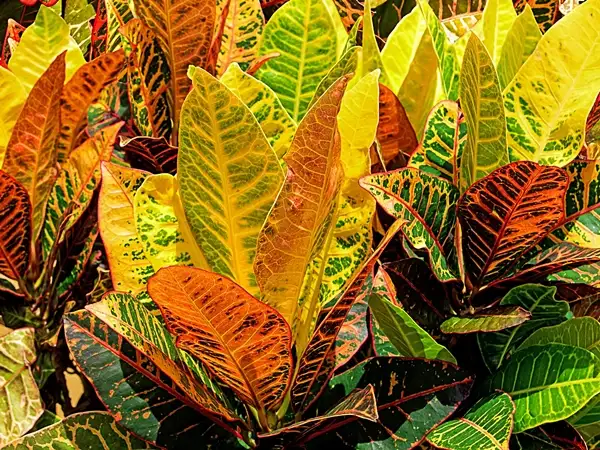
Planting Rooted Cuttings
- When you have propagated your cuttings & they have begun rooting, it’s time to plant them in soil.
- Fill your container with well-draining soil, leaving some space at top for planting.
- Then, make a hole in the middle where the root ball & base of stem will sit comfortably.
- Make sure the roots are fully submerged in surrounding soil, gently firming it around the newly planted croton to support its upright positioning especially during the early settling period.
Watering After Planting
- Water after planting, keeping it moist to encourage further root development which is crucial for survival & overall growth of young plants.
Transplanting
- Transplanting should be gradual over an extended timeframe for better results, involving introduction of smaller pots initially, gradually moving to larger ones to accommodate growing root system.
Minimizing Stress
- This guarantees minimal stress for the young plant enhancing its survival chances & ensuring a seamless transition through different growth stages.
New Environment
- The gradual process facilitates acclimation into the new environment, allowing our plant to exist harmoniously in its new home.
Indoor vs. Outdoor – How Tall Does A Croton Plant Grow
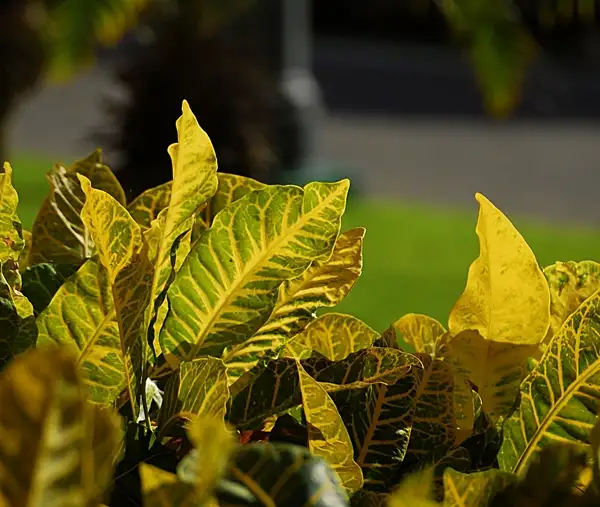
Crotons are relatively moderate in terms of height depending upon specific varieties. Keep in mind that the height achieved is strongly influenced by the care provided, including constant pruning, which helps control excessive height while promoting overall lushness & density.
Additionally, healthy environmental conditions are necessary for smooth & unobstructed growth, leading to attainment of normative heights.
| Condition 🌱 | Height Range |
|---|---|
| 🏡 Indoor | 2 to 6 feet (60-180 cm) with proper care & light exposure |
| 🌴 Outdoor | 6 to 10 feet (180-300 cm) in tropical climates |
| 🌱 Growth Rate | Moderate; typically reaches maturity in 3-5 years |
Are Croton Plants Poisonous To Cats & Dogs
It is really a very important issue to know if your houseplants are safe for pets or not. Unfortunately yes! Croton is mildly toxic to pets.
| Concern 🐾 | Details |
|---|---|
| ⚠️ Toxicity | Mildly toxic to cats & dogs; ingestion can cause vomiting, drooling, diarrhea |
| 🚨 Immediate Action | Rinse mouth, offer water & contact a vet if symptoms appear |
| 🐶 Pet Safety Tip | Place plants out of reach or use pet deterrent sprays |
What to Plant with Croton and What to Avoid
Incorporating different plants together is an art called companion planting, which can enhance the beauty of our garden while providing practical benefits, such as pest control & mutual symbiotic relationships.
Crotons with their regimented group of fancy colored foliage, work best alongside rich green complementary companions which majestically uplift vibrancy & balance rather than commanding presence.
| Plant Type 🌸 | Examples |
|---|---|
| ✅ Good Companions | Pothos, Monstera, Ferns, Birds-of-Paradise – thrive in similar conditions. |
| ❌ Plants to Avoid | Cacti, Succulents – require drier soil and less humidity. |
Croton Care is Simple
Croton plant care is simple & doesn’t require much effort. Their stunning colors transform any space into a paradise. By following the tips above, you can enjoy a vibrant, Croton-filled home.
One of the farmers working on our farms Mr. Miller often says,
‘In every leaf, nature paints a masterpiece.’
Frequently Asked Questions
What are common problems with Croton plants? How can I fix them?
Common issues include leaf drop, dull colors & pests. Fix leaf drop by improving light & temperature, restore color with more sunlight & treat pests with soapy water or neem oil.
What plants grow well with Crotons & which ones should I avoid?
Crotons thrive with tropical plants like Monsteras & Pothos. Avoid cacti & succulents which require dry conditions.
How can I propagate a Croton plant successfully at home?
Cut a 4-6 inch healthy stem, place it in water until roots form & then transfer to soil. Keep soil moist & warm.
When and how should I prune a Croton plant for bushy growth?
Prune in spring by cutting leggy stems one-third with clean pruners. Remove dead or damaged leaves to encourage new & bushy growth.
What are essential steps for successful Croton plant care?
Provide bright & indirect sunlight. Water when top inch of soil dries. Keep humidity & maintain temperatures between 60 to 80°F. Feed every 2 weeks during growing season.


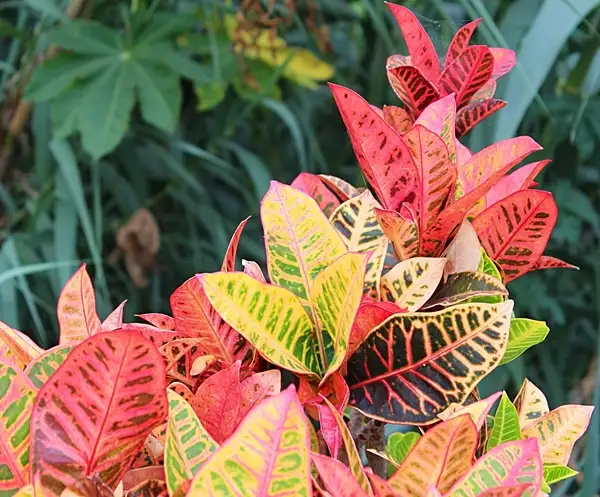
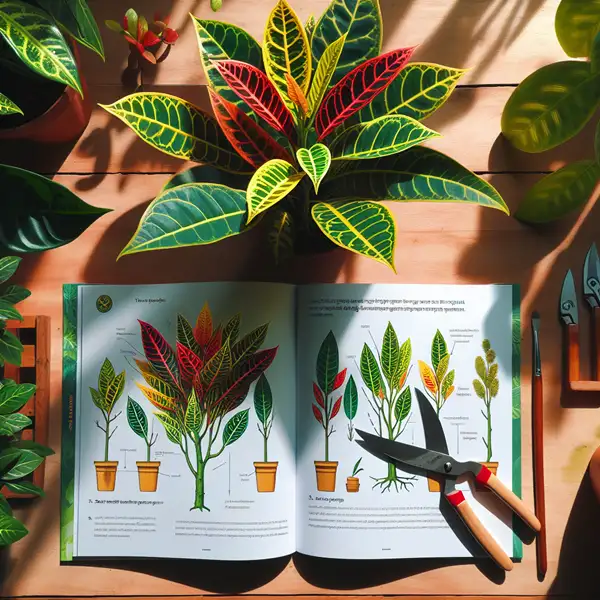

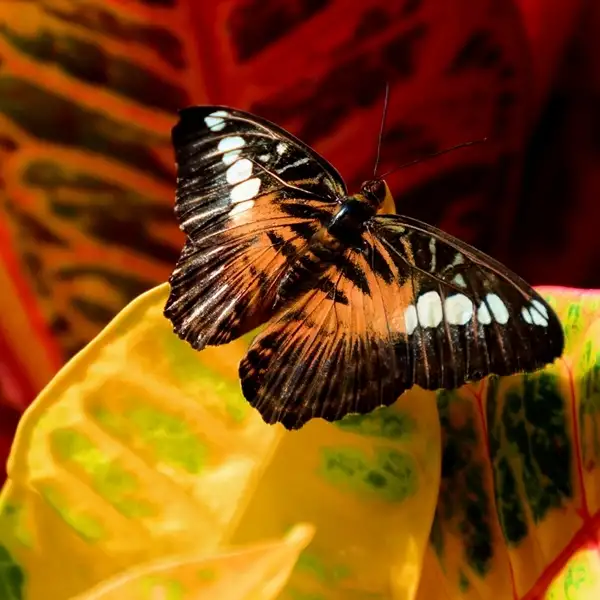
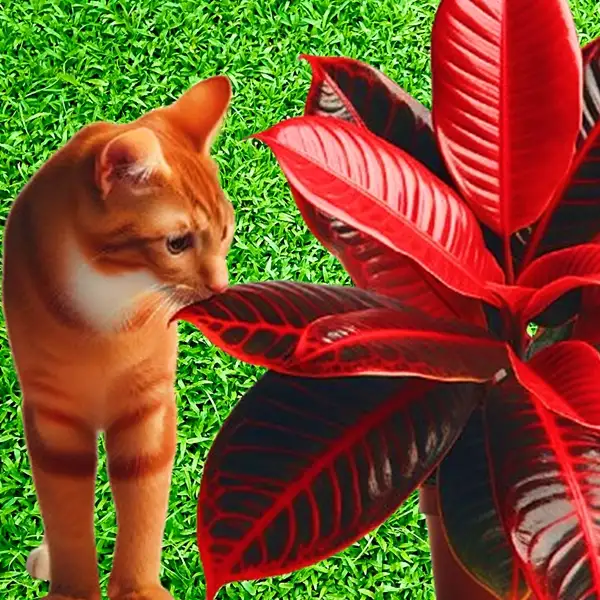
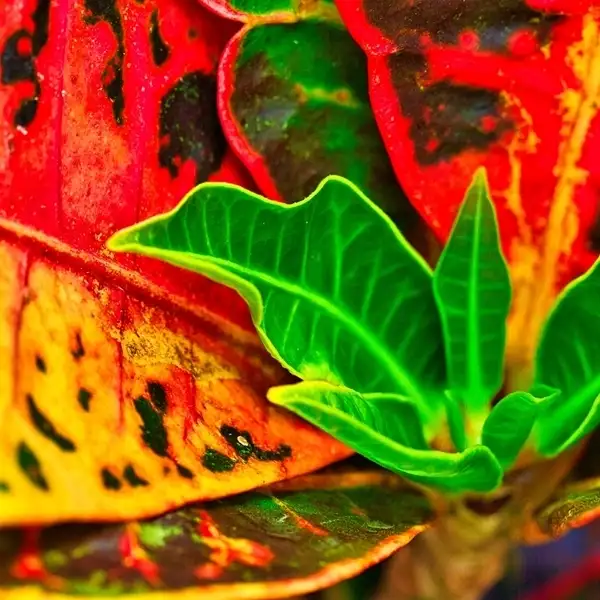

I truly appreciate this post. I have been looking all over for this! Thank goodness I found it on Bing. You have made my day! Thanks again
I am happy to help you.